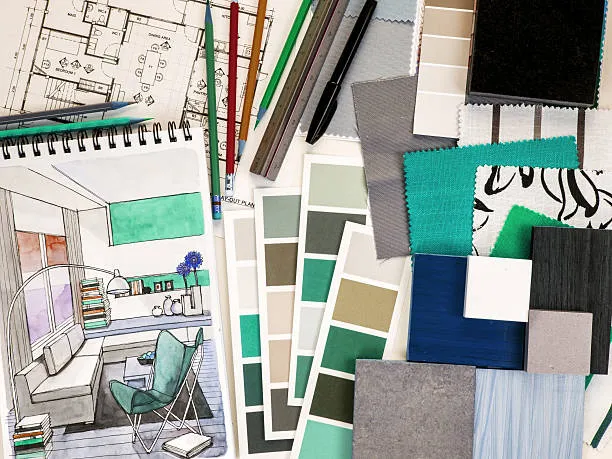
Enhancing Paint and Wallpaper Selection: Trisetra's 3D Room Modelling and Décor Features
Choosing the perfect paint color or wallpaper can be a real challenge. Enter Trisetra, your solution to the paint and wallpaper conundrum.
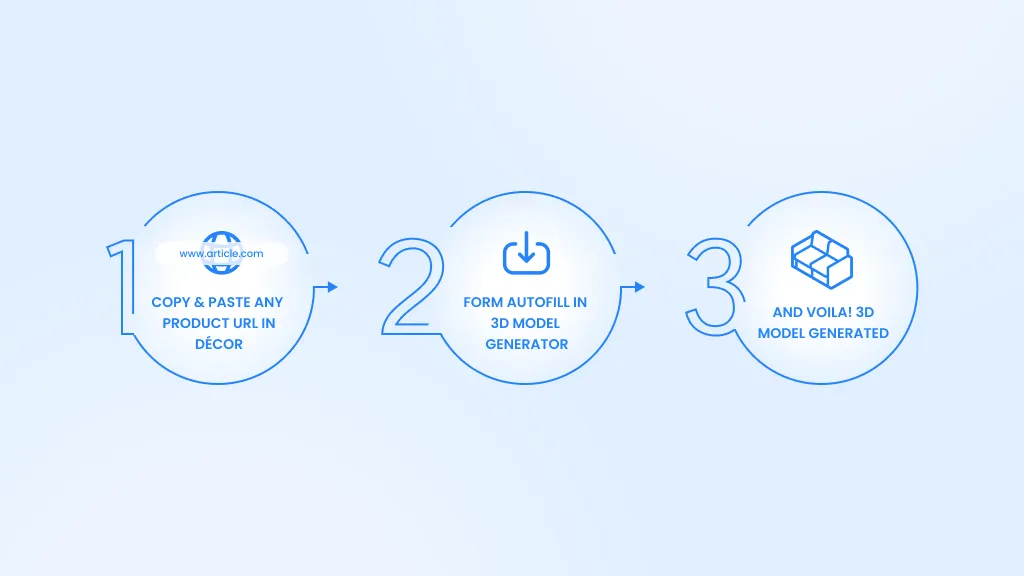
We are launching a real-time 3D model generator, capable of transforming any product available online into a 3D model using just the URL and bringing it right into your space.
Before describing what it is and how it works, let me explain why we developed it.
There are countless apps developed by major corporations and innovative startups alike, and these are all aiming to meet the rising demand for 3D modeling. For the majority of these platforms, creating a 3D model is their endgame, serving primarily as a resource for developers and artists within gaming or digital asset marketplaces.
But there’s a gap that these solutions can’t bridge. Some apps utilize iPhone depth sensors to generate 3D meshes from live scans - this is useful for cataloging furniture in our immediate vicinity, but they struggle when tasked with creating a 3D model based solely on a few product thumbnail images.
Furthermore, none of these platforms are tailored to let you instantly visualize a 2D product as a 3D model within your own space.
Therefore, we developed our 3D model generator. We’ve designed this tool with one main objective: to make it simple to bring dimensionally accurate 3D models of real-world products into a virtual representation of your personal space.
And yes, there are apps by major furniture brands, like IKEA, that help with design and visualization. But what happens when your shopping list spans across multiple manufacturers? You’d have to repeat the design process with each brand’s application, assuming they even have an effective app or readily available 3D models of their products.
Therefore, we’re offering our 3D model generator as a solution that eliminates these limitations. With our tool, you’re given access to an infinite inventory of all available furniture to plan and design your space, which stands in contrast to other apps that limit you to a finite furniture database.
So, how does our 3D model generator work?
Let’s start with the understanding that creating 3D models of any product using only its URL is an enormous undertaking. This task presents three significant challenges: 1) automatic comprehension of diverse product details pages (PDPs); 2) matching the product’s overall dimensions, shape, and material; and 3) aligning the finer details specific to each product, like the rivets along the edge of a leather sofa.
But let’s tackle each challenge.
Challenge #1 - Understanding PDPs: We use an advanced LLM-based API to process the product details page (PDP) found at the user-provided URL. This allows us to extract all relevant information about the product to be used in the 3D model generation process.
So, we can extract key features from any product page to inform our 3D modeling process.
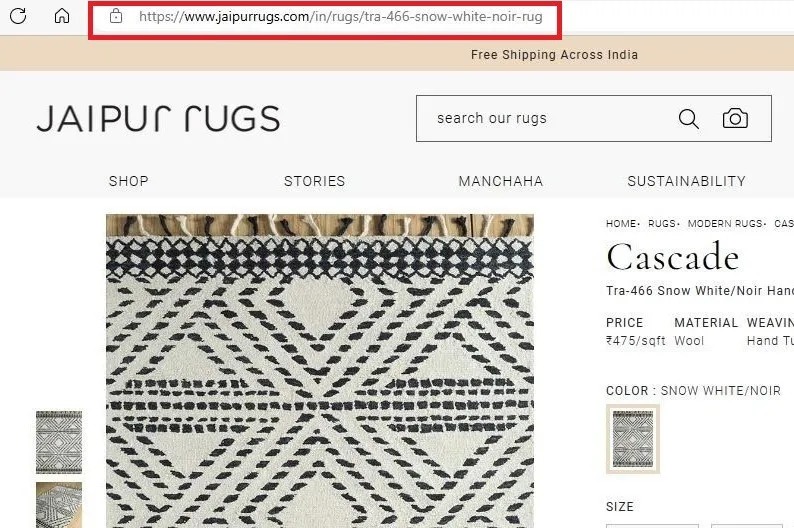
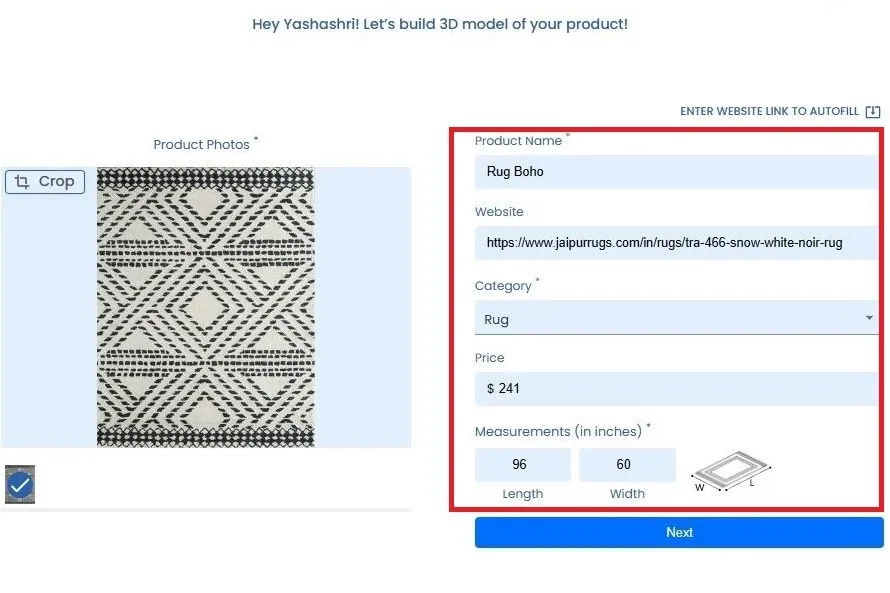
Challenge #2 - Match Dimension, Shape, and Material: Home furnishing products online amount to millions of SKUs. AND while each product is a unique entity, we approach this by placing each item within a two-level object category hierarchy.
But the top level categories like side tables, beds, etc., contain a number of subcategories primarily based on shape characteristics. These subcategories are represented by customizable 3D models that are adapted to match box dimension and the materials seen in product thumbnails.
Therefore, our generated 3D model may roughly approximate the product’s shape and material, but it will accurately represent the surface area it will occupy on the floor or wall.
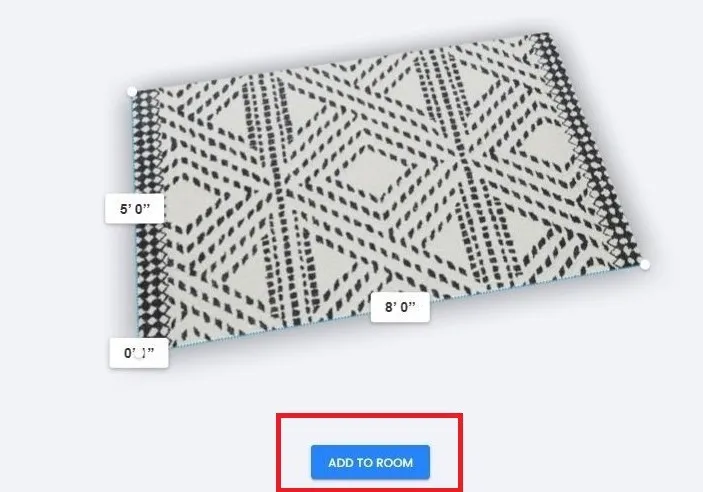
Challenge #3 - Matching Fine-Grained Details: Many brands and retailers are working hard to build 3D models of their furniture and are likely to make them available for third-party apps. AND while matching finer details is crucial,
But we have chosen to delay addressing this challenge.
Our core focus, instead, remains on creating a true 3D replica of people’s spaces. We developed our model generator to avoid waiting for all furniture companies to produce an exact 3D model of their product, ensuring that we don’t run into a limited supply issue, even if many lag behind in the production of their 3D models.
So, how capable is our model generator today?
To start off, we have primarily focused on products found in bedrooms and living rooms. We have strategically mapped out subcategories to cover as many types of furniture as possible.
Despite this extensive groundwork, our current coverage is roughly 80% for the top-level category and somewhat lower for the subcategories within it. This is a current limitation.
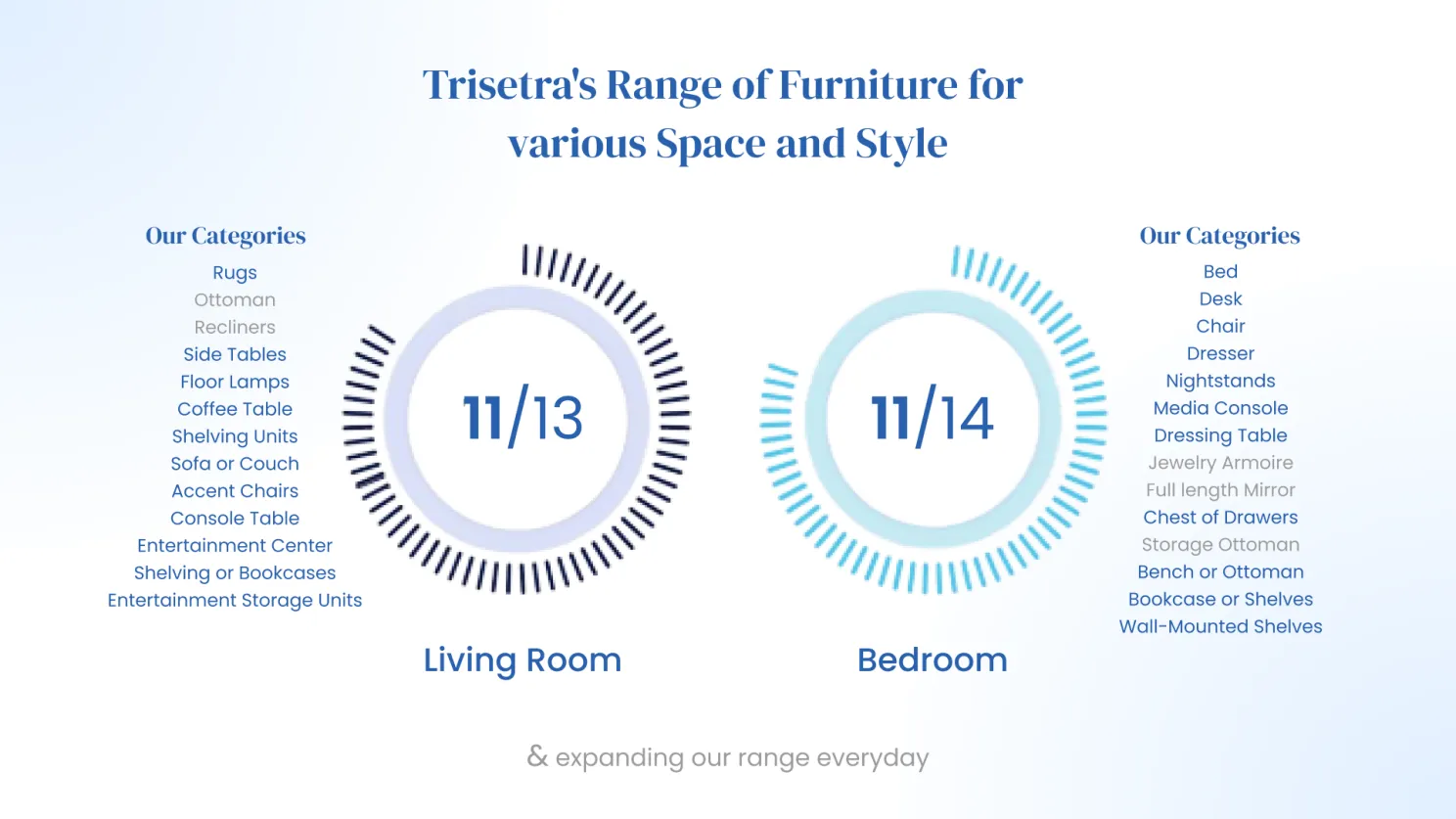
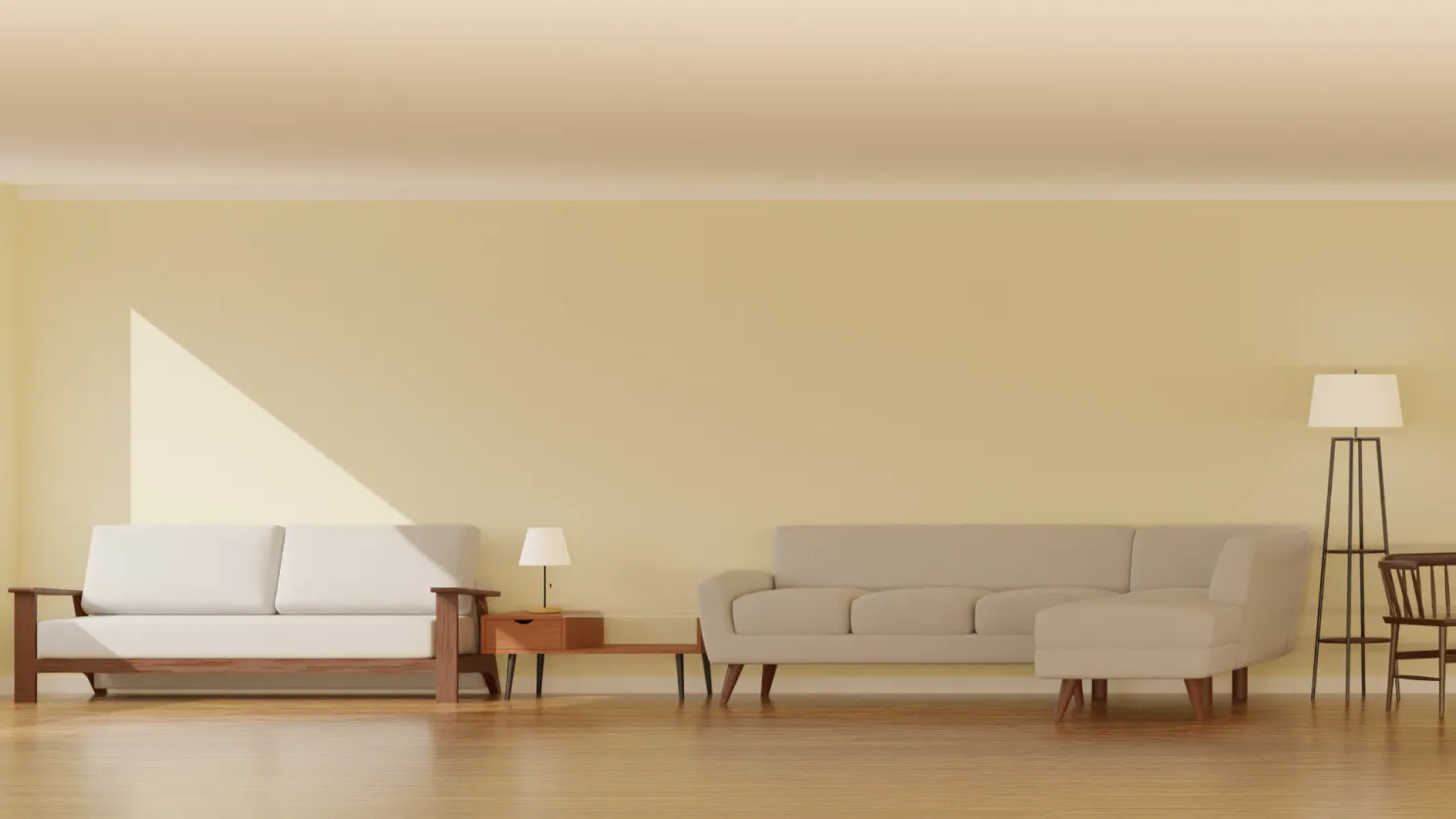
Our platform does not yet provide a full coverage of every possible furniture category and subcategory, though we’re making steady progress towards that goal.
The model generator currently produces models that exactly match the product’s dimensions. It approximates the material and shape based on available information.
This means that while our generated 3D models will precisely fit your space in terms of size, they might not perfectly replicate the exact look and texture of the real product.
Our 3D models serve as effective planning tools for arranging your furniture, even though they may not fully satisfy your need for visual accuracy.
We plan to improve and expand our model generator capabilities over time. We aim to grow our coverage as users build more models and provide their feedback.
This means we are reliant on your engagement and feedback to continue improving.
We highly encourage users to get involved, try out our 3D model generator, and let us know about your experience. The more input we receive, the better we can make our tool to benefit everyone.
Great! How do I get my hands on it?
We’re excited to offer you an opportunity to try our model generator firsthand, providing you with a unique cross-brand experience tailored to your interests.
In order to do so, you’ll need to sign up to our app.

Choosing the perfect paint color or wallpaper can be a real challenge. Enter Trisetra, your solution to the paint and wallpaper conundrum.

In the bustling world of real estate, it's all about making a mark. In a world where sellers want the best deal, buyers want to step into their dreams, Trisetra's 3D room model creation comes as the game-changer. It ramps up property showcasing, bringing more excitement and ease. Trisetra is reshaping how sellers work, making things smooth, and ensuring happy clients.
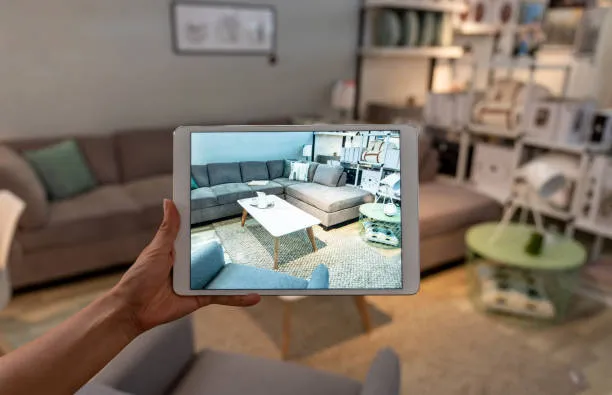
Hello everyone! I am Yashashri Patil, an architect and designer. As an interior designer, I used software available in the market such as AutoCAD, SketchUp, Lumion and Enscape for designing interiors. I used these softwares for a few years till I came across Trisetra which helped me design the spaces with real products from various websites. Let’s delve into one of my experiences of designing.